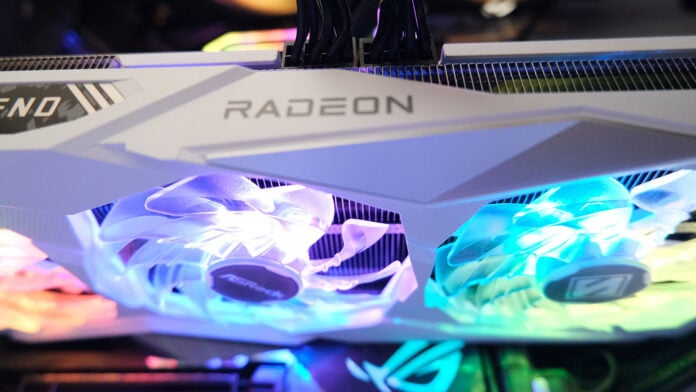The release of AMD’s Radeon RX 7600 XT 16GB GPU is a curious one. Costing $70 more than the 8GB model available last year, there’s little to separate the duo with respect to performance in most games. Sure, the 16GB framebuffer may come in useful in corner cases, but by and large, this is more of a marketing exercise than a real-world benefit to gamers.
Nevertheless, AMD’s cohort of partners are eager to launch new models based on this leftfield GPU. We’ve already seen Sapphire do a good job in bringing a $329 MSRP card to market, and now it’s the turn of ASRock to add a value twist of its own. Let’s get cracking with the Radeon RX 7600 XT Steel Legend OC 16GB.
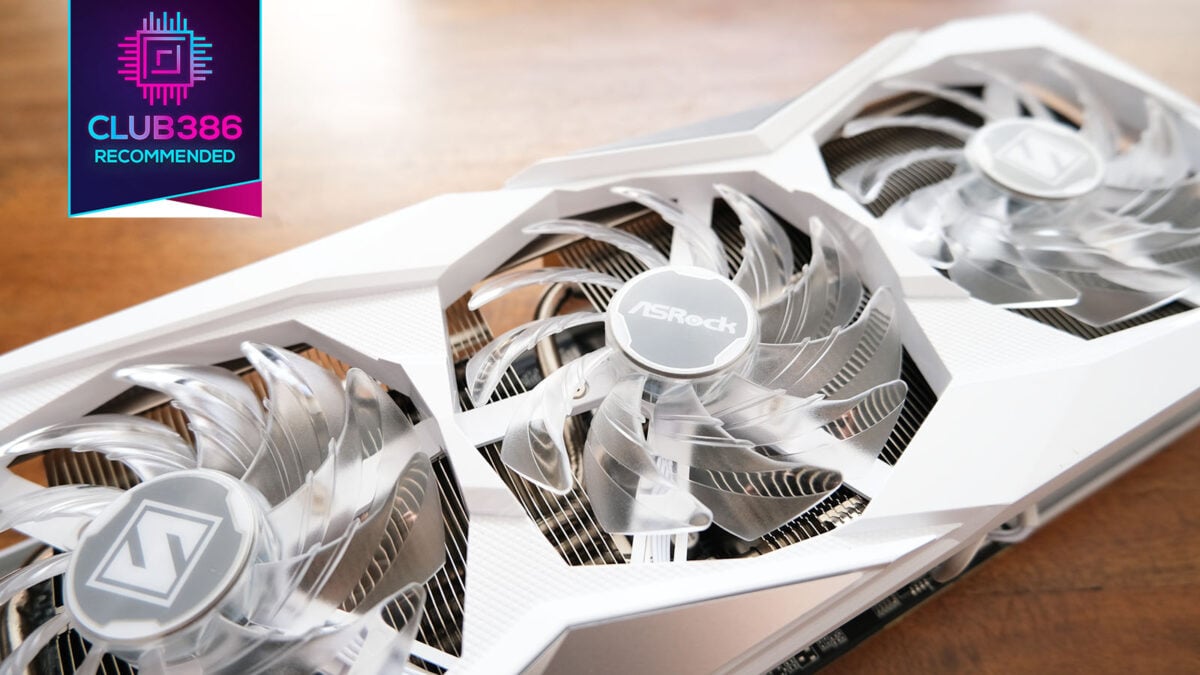
ASRock Radeon RX 7600 XT OC 16GB Steel Legend
£349 / $349
Pros
- Quiet, even at full load
- Uniform white
- Physical RGB switch
Cons
- Better value elsewhere
- Marginal perf bump
Club386 may earn an affiliate commission when you purchase products through links on our site.
How we test and review products.
ASRock invigorates the lineup with the simpler two-fan Challenger card hitting the desired $329 price point. Rocking more features is the larger three-fan Steel Legend, whose $20 premium is justified with an all-white PCB design, better cooling, RGB, and a marginally higher boost clock. Sounds like a good deal on paper.
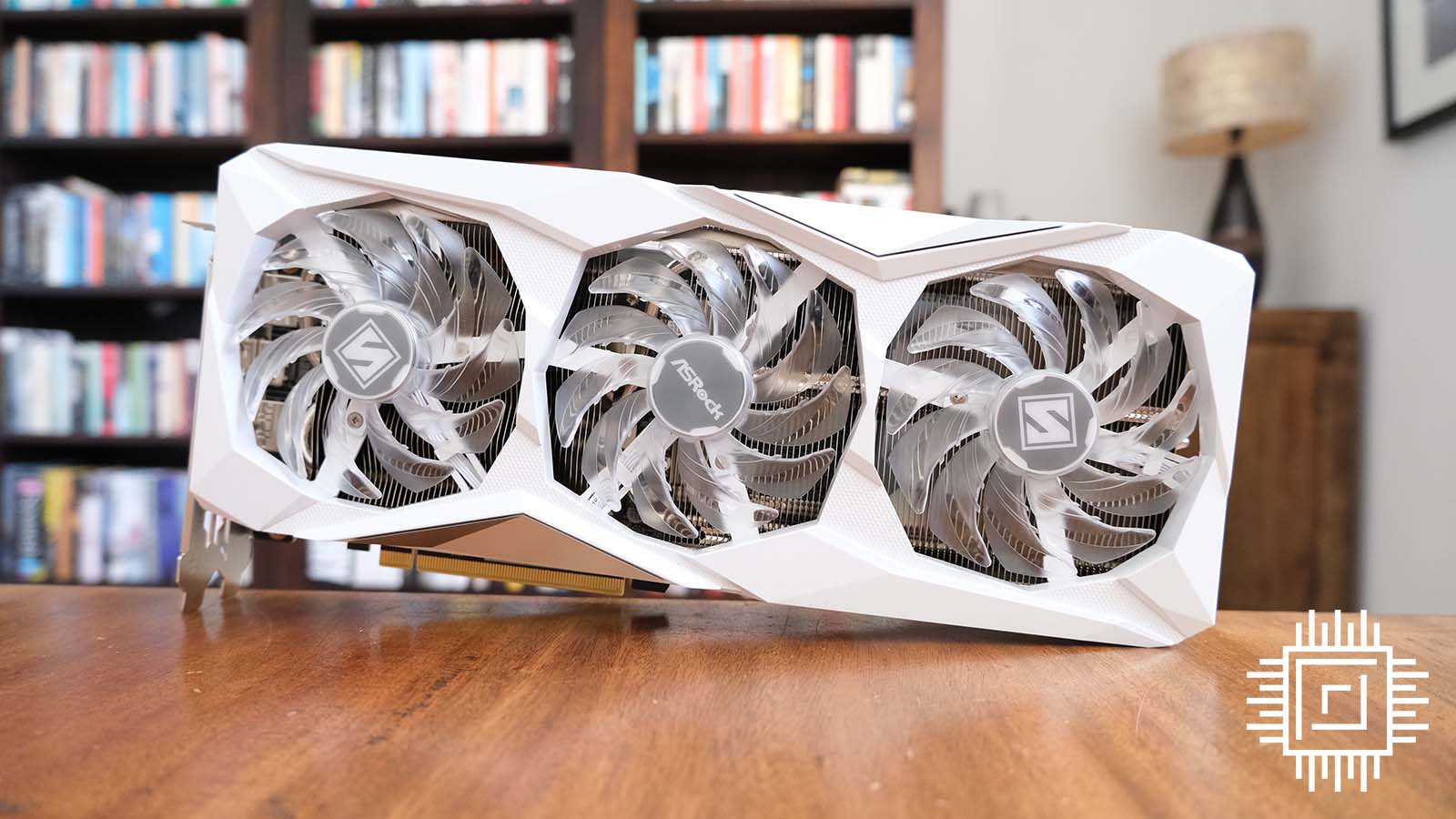
Exemplifying the bigger is better approach, the card measures 304mm long, 131mm high, and 51mm thick. That’s large by anyone’s standards, especially when a much more powerful GPU like the Nvidia GeForce RTX 4080 Super FE is about the same size. Those with smaller chassis are pointed to the 267mm-long Challenger as a more suitable candidate.
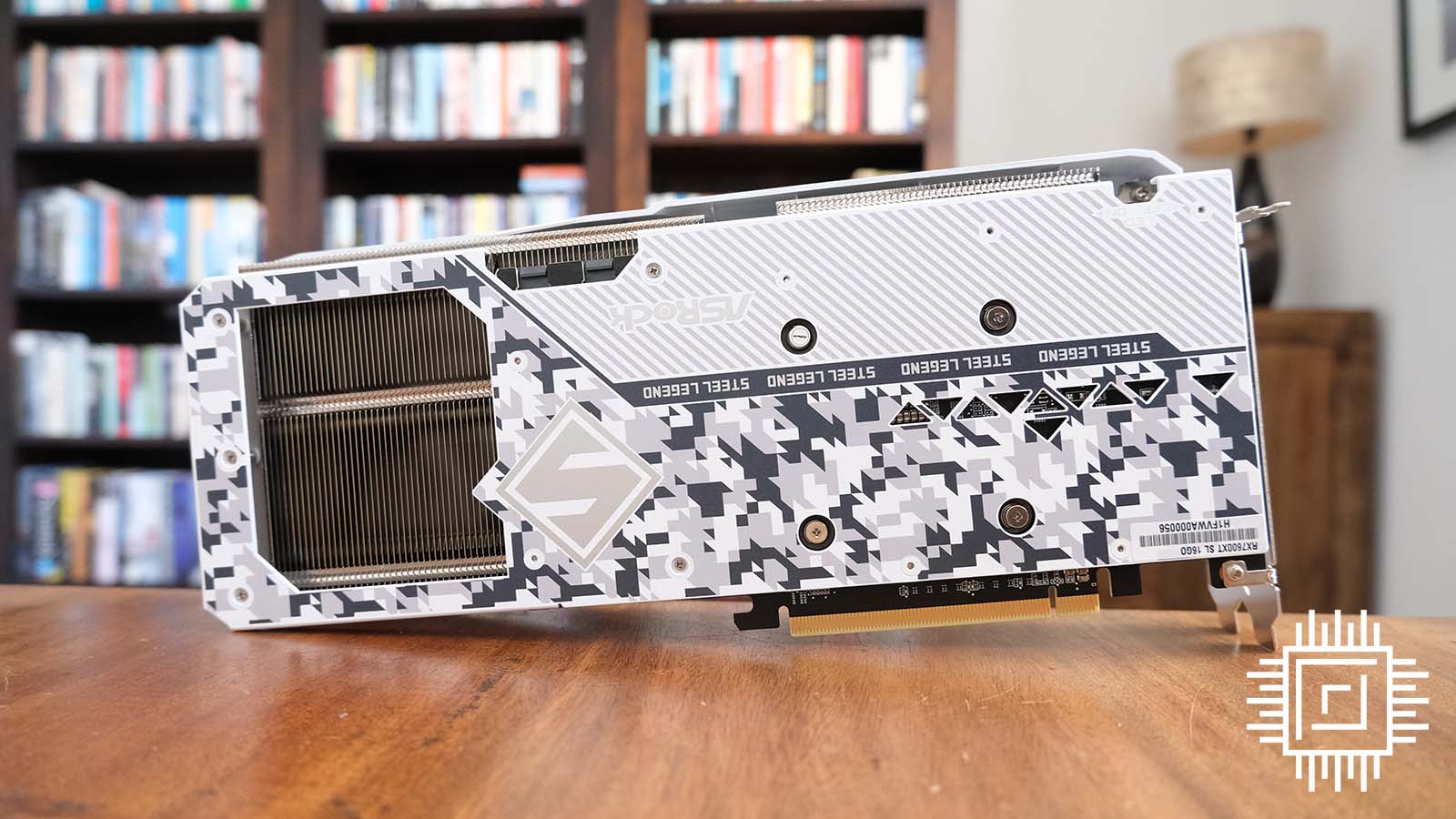
Made Of The White Stuff
Oftentimes, the quest for a white card leads to sub-par quality. Not so for ASRock, whose colour scheme and implementation are excellent. Sounds obvious, but the white is the same shade all around the card, and I appreciate the neat logos on the rear backplate. Heck, ASRock even adds in white PCIe and port plugs for that extra layer of polish.
The PCB finishes about two-thirds of the way along. The rest of the card is designed to hold the larger heatsink in place. Common to this type of design, as we look at it, the left-hand fan blows straight through the cooling and out of the rear.
This chonky cooling enables the Steel Legend to up AMD’s reference 2,755MHz boost clock to 2,810MHz here. That’s the same speed as the aforementioned Sapphire, though ASRock’s card tends to run a little more quickly by holding on to a 2.790MHz boost across our games. The 16GB memory, meanwhile, chugs along at a standard 18Gbps.
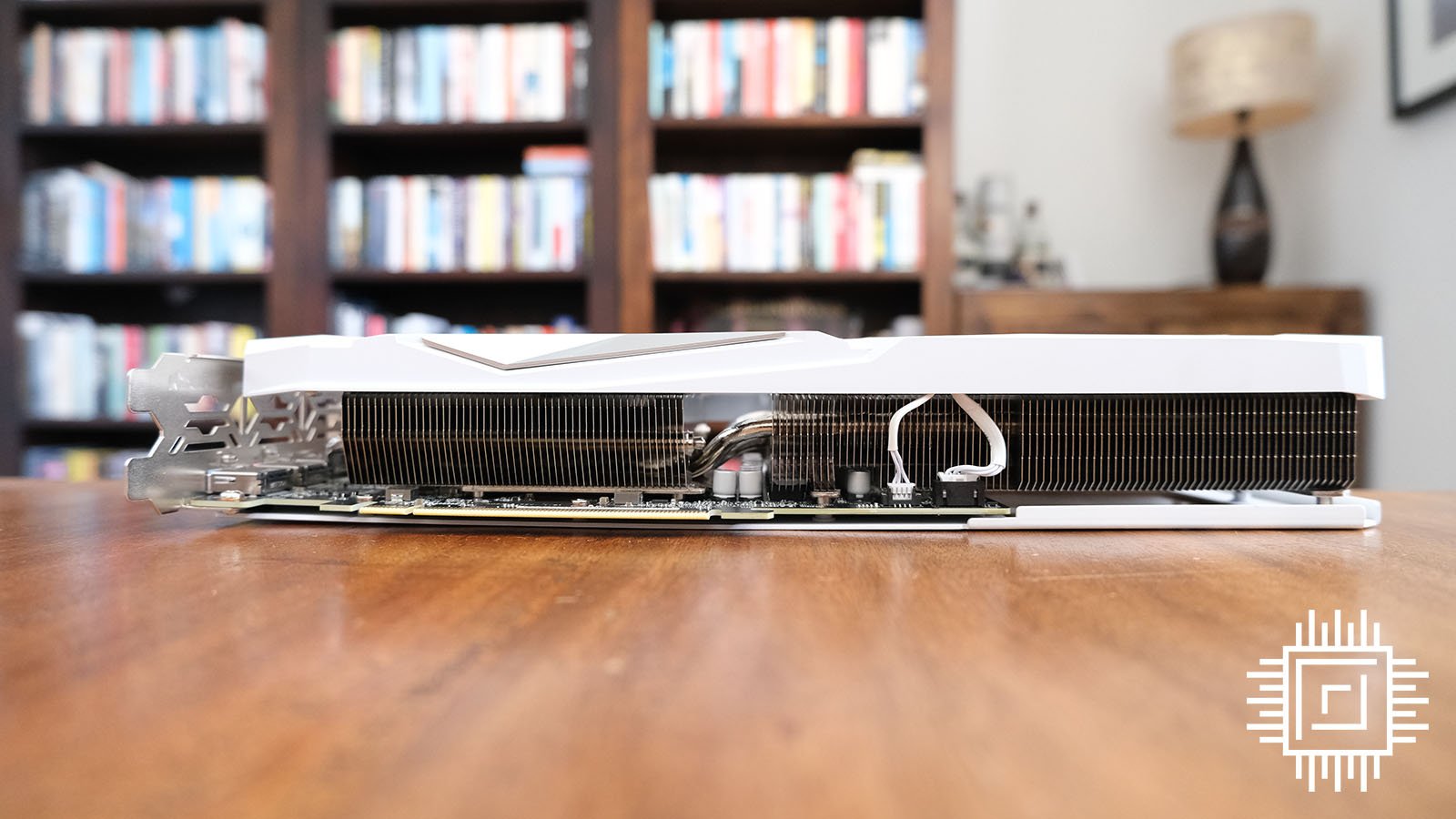
Speaking of little touches, the fan cables are also a matching white, and I believe ASRock is justified in charging that extra $20 over the base design that does without many of these value-adds.
The three fans remain switched off at temperatures below 50°C. It’s good to see them engage smoothly as the gaming load increases. Letting the cat out of the bag a little, peak temperature and noise are excellent, with the trio spinning at no more than 1,400rpm in our real-world test system.
Overall illumination is good, too, with plenty of RGB light spilling over into the chassis. The easiest way to control it is via ASRock’s in-house PolySync utility, though the default pattern looks good to my eyes.
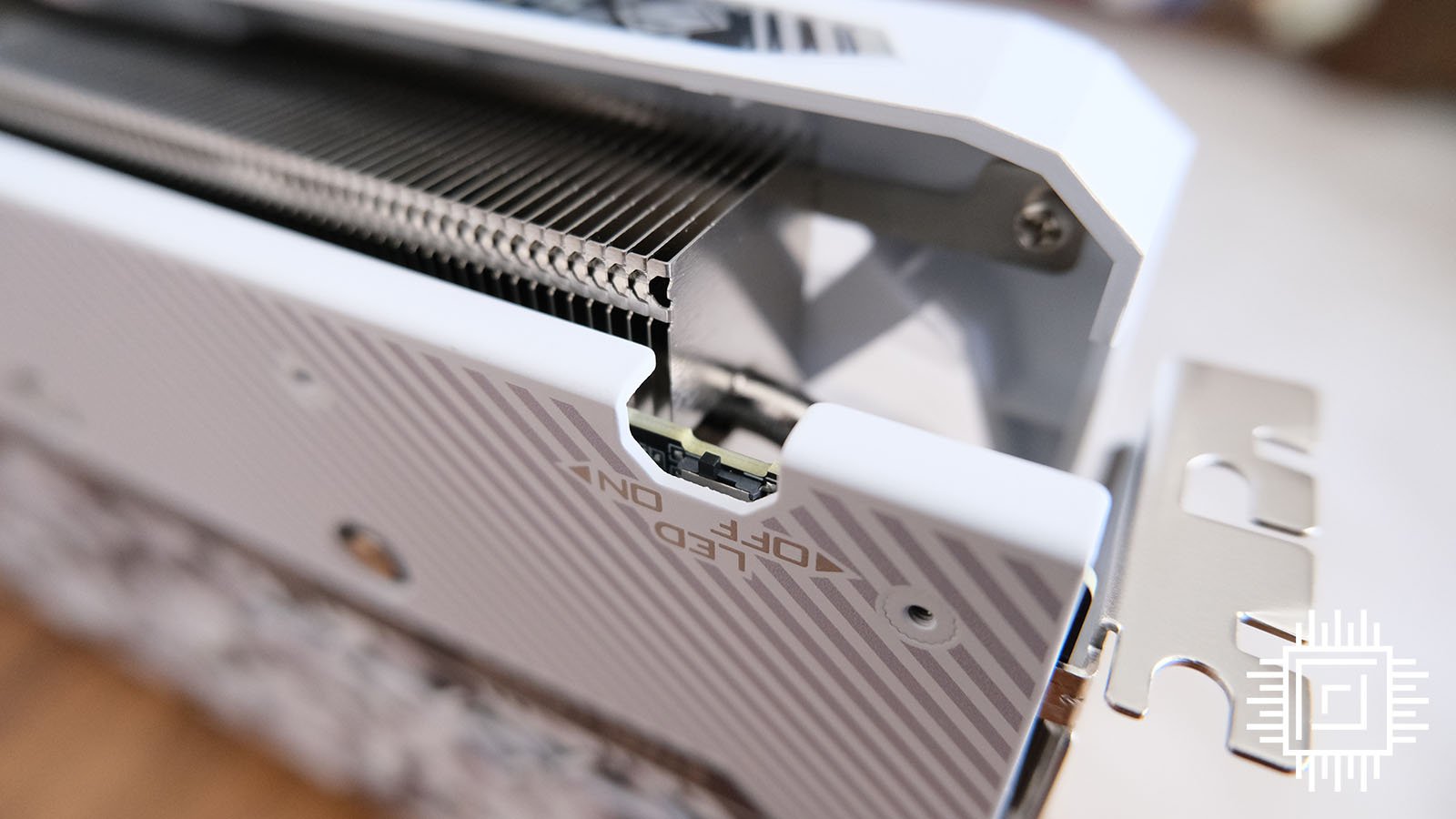
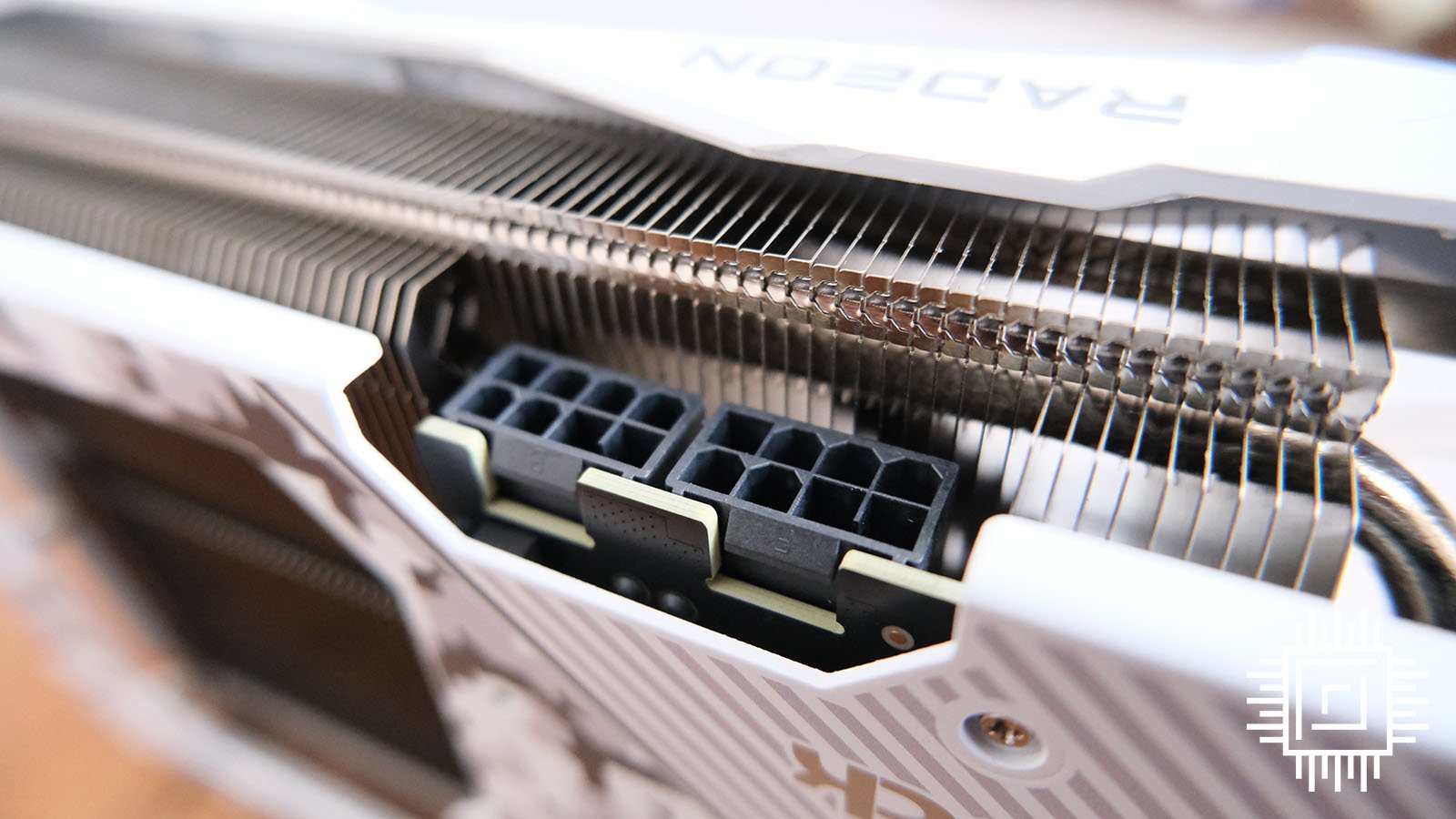
Some like RGB, some don’t. A super-easy way of turning this card into a minimalist design is with the LED switch on the top right. You can flick between on and off whilst the card is active, which is nice, and it’s another small value-add that separates the Steel Legend from numerous other RX 7600 XT 16GB cards.
Plumbed with a 190W total board power, having two 8-pin power connectors is somewhat overkill. Nevertheless, pushing up to 375W through the combination of ports and PCIe 4.0 x8 interface means there’s plenty of power on tap if you wish to indulge in overclocking.
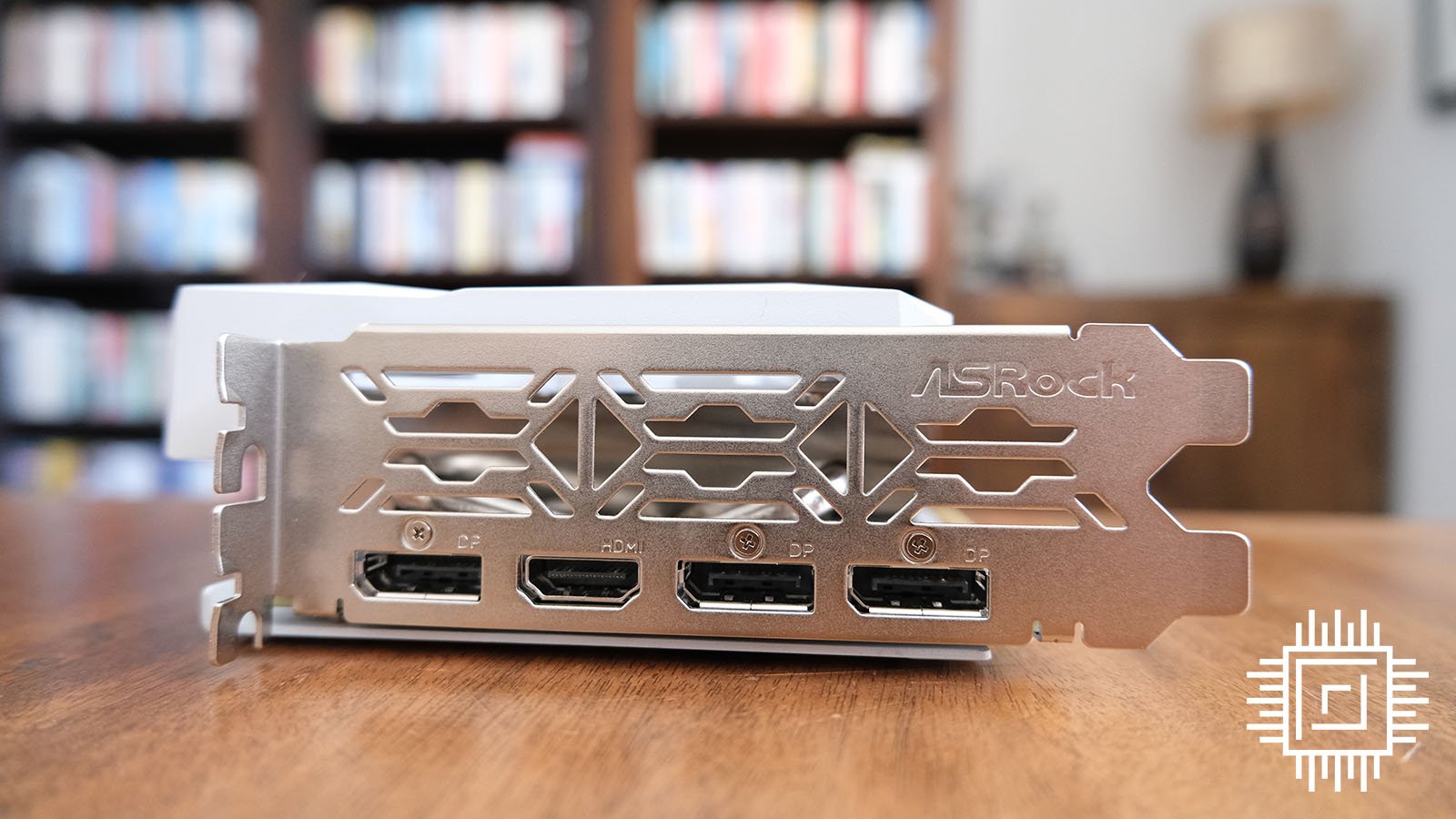
Does anyone make a white I/O bracket? Probably not. ASRock sticks with the tried-and-trusted combination of three DisplayPort 2.1 and a single HDMI 2.1.
Performance
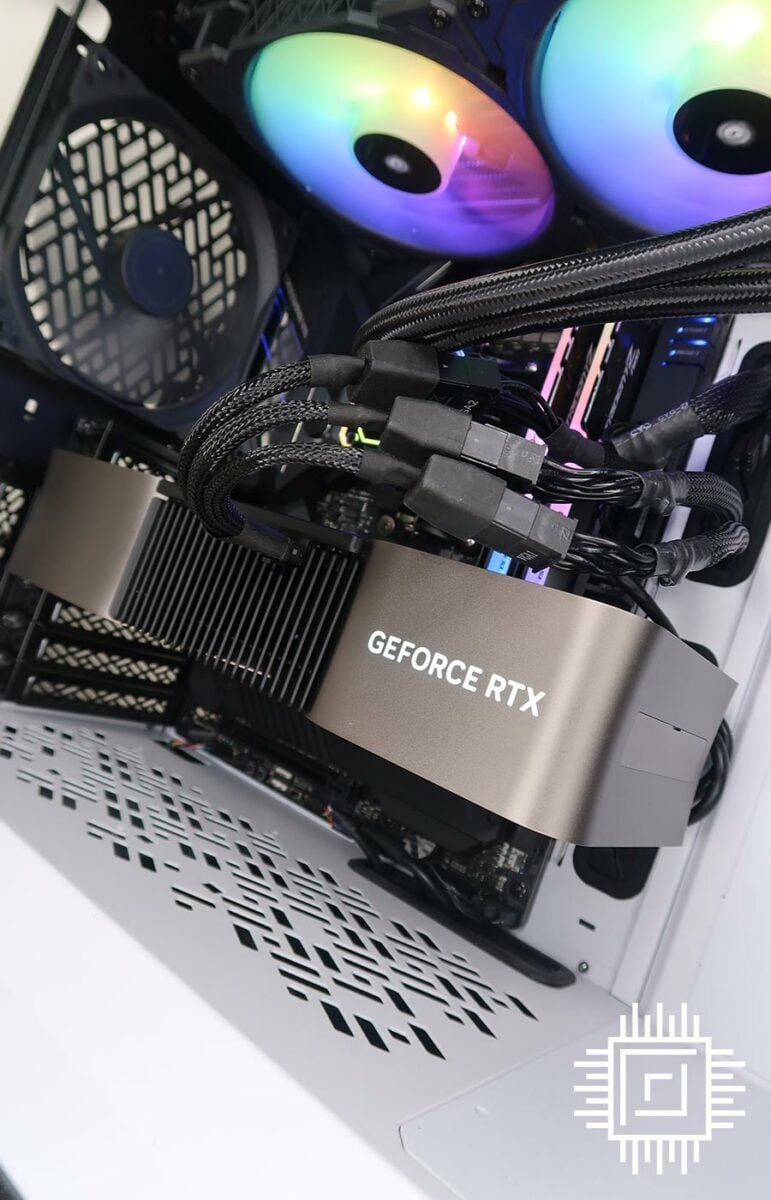
Our 5950X Test PCs
Club386 carefully chooses each component in a test bench to best suit the review at hand. When you view our benchmarks, you’re not just getting an opinion, but the results of rigorous testing carried out using hardware we trust.
Shop Club386 test platform components:
CPU: AMD Ryzen 9 5950X
Motherboard: Asus ROG X570 Crosshair VIII Formula
Cooler: Corsair Hydro Series H150i Pro RGB
Memory: 32GB G.Skill Trident Z Neo DDR4
Storage: 2TB Corsair MP600 SSD
PSU: be quiet! Straight Power 11 Platinum 1300W
Chassis: Fractal Design Define 7 Clear TG
Our trusty test platforms are nearing retirement, yet it is a testament to the Ryzen 9 5950X build that our twin AM4 rigs continue to function reliably, irrespective of the numerous graphics cards thrown at it.
3DMark


Don’t go expecting huge performance increases over the considerably cheaper 8GB model. Similar underlying specs mean they perform in near-identical fashion… even at a QHD resolution.



Running a gamut of extra tests does little to showcase the RX 7600 XT 16GB in a positive light.
Gaming


The real question to pose is, what kind of performance do you get in real games? Starting off with Assassin’s Creed Valhalla, you’ll have a smooth experience at the increasingly popular QHD resolution.


Ray tracing is not currently Radeons’ strong point. You’ll want some FSR lovin’ to ensure healthy fps at high levels of image quality.


Coming back to less taxing games, RX 7600 XT 16GB trades blows with established cards such as RTX 2070 Super and Arc A770 LE. In that context, the $349 price looks about right.


Another case of fluid QHD performance without having to go to the FSR well. However, be mindful that the cheaper RX 7600 8GB is nearly as fast.
Efficiency

Churning through a peak 322W, I’d recommend at least a 500W PSU, though going up to 600W/750W enables futureproofing.

A big cooler on a mid-range GPU can only mean one thing. ASRock’s Radeon RX 7600 XT Steel Legend makes incredibly easy work of taming the 190W total board power.

Credit where it’s due. It’s hard to discern between the Steel Legend idling and running flat out. Yes, there is some noise coming from the fans, of course, but it’s unusually serene. This is what I like about big cards.
Relative Performance

Putting it together, $349 buys you about 40 per cent of the performance exhibited by the monster GeForce RTX 4090. In more important comparisons, however, this GPU is some ways off a last-generation RX 6750 XT. If you look hard enough, they can be had for sub-$400 (£400).

The correct way of comparing GPUs is by looking at performance against their MSRP. Coming in the top quarter is impressive, though do look at how much higher the RX 7600 8GB is. If performance in today’s games is what matters most, go for the cheaper GPU instead.
Overclocking


A few minutes spent overclocking yields an average GPU clock of 2,950MHz and memory running at 20Gbps, which is the fastest permissible speed.
Conclusion
Let me be honest with you. Building an aftermarket Radeon RX 7600 XT 16GB GPU is a tough sell as AMD doesn’t provide partners with the same value potential as on the non-XT GPU from 2023. In view of this, there’s little point in releasing a reference board that quickly retreats into meaningless obscurity.
ASRock deserves credit for bringing a roster of improvements without charging a huge premium. The tasteful all-white design, rear backplate, super-quiet and cool running, and coordinated RGB speaks to thought from the GPU team at a company more famous for motherboards.
There’s arguably better value elsewhere, particularly from speedier RTX 4060 Ti 8GB GPUs now available from $375, and that’s a choice you’ll have to make.
ASRock, meanwhile, does a commendable job with a GPU that’s in no-man’s land. Got your heart set on a Radeon upgrade and have $350 to spend right now? Then you won’t go far wrong with the RX 7600 Steel Legend OC 16GB.
Verdict: a thoughtful, beautiful white graphics card that struggles to find its place in the market.

